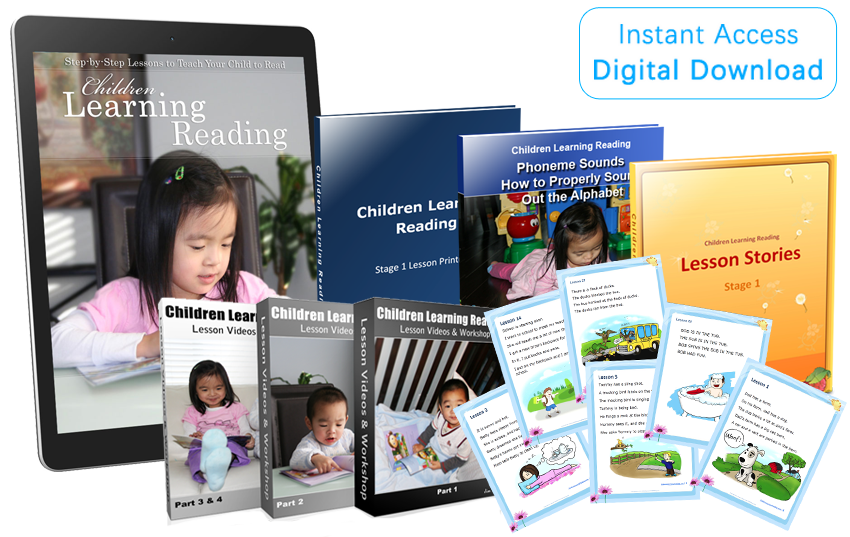Understanding Phonics: The Building Blocks of Reading
The Importance of Phonics in Early Childhood Development
Phonics is a vital part of early childhood education. It helps kids learn to read and write. Phonics teaches the link between letters and sounds. This skill is key for reading success.

Kids who learn phonics early often become better readers. They can sound out new words easily. This boosts their confidence in reading. Phonics also helps with spelling skills.
Strong phonics skills lead to better overall literacy. Kids can understand what they read more easily. They can express themselves better in writing too. These skills are crucial for success in school and life.
How Phonics Activities Enhance Reading Skills
Phonics activities make learning fun and effective. They help kids recognize letter sounds quickly. This speed is important for fluent reading.
These activities often use repetition. This helps kids remember letter-sound connections. Games and songs make this repetition enjoyable.
Hands-on activities engage multiple senses. This helps kids learn and remember better. For example, tracing letters while saying sounds reinforces learning.
Phonics activities also boost vocabulary. Kids learn new words as they practice sounds. This wider vocabulary helps them understand more when they read.
The Evolution of Phonics in the Digital Age
The digital age has changed how we teach phonics. Interactive apps and games are now common tools. These digital resources offer new ways to engage kids.
Online platforms provide personalized learning paths. They adjust to each child's pace and needs. This tailored approach can boost learning outcomes.
Virtual reality and augmented reality are entering phonics education. These technologies create immersive learning experiences. They can make abstract concepts more concrete for kids.
AI-powered tools can track progress in real-time. This helps teachers and parents support children better. It also allows for quick adjustments to teaching methods.
Innovative Phonics Activities for the Modern Kid
Engaging Young Minds with Interactive Apps
Interactive apps are changing how kids learn phonics. These apps use colorful graphics and fun sounds. They capture children's attention and keep them engaged.

Many apps use game-like elements to teach phonics. Kids earn points or badges as they learn. This makes the learning process more exciting and rewarding.
Some apps use adaptive learning technology. They adjust the difficulty based on the child's progress. This ensures that each child is always challenged but not overwhelmed.
Voice recognition features in apps help with pronunciation. Kids can practice speaking sounds and get instant feedback. This improves their speaking skills alongside reading.
Gamifying Learning: A New Era for Phonics
Gamification has brought a new dimension to phonics learning. It turns lessons into exciting adventures. Kids often don't even realize they're learning as they play.
Many games use storylines to teach phonics concepts. Children might help a character on a quest by solving phonics puzzles. This approach makes learning more meaningful and memorable.
Multiplayer phonics games encourage friendly competition. Kids can play with friends or family members. This social aspect makes learning more fun and motivating.
Virtual rewards in games give kids a sense of achievement. They might earn virtual stickers or unlock new characters. These rewards keep children motivated to continue learning.
Collaborative and Community-Based Learning Approaches
Group activities are powerful tools for phonics learning. They help kids learn from each other. This peer learning can reinforce concepts in new ways.
Online forums and groups connect young learners worldwide. Kids can share their phonics achievements and challenges. This builds a supportive learning community.
Family involvement is crucial in phonics education. Many modern approaches include activities for parents and kids. This strengthens family bonds while boosting learning.
Community reading events now often include phonics elements. These events make learning a social activity. They show kids that reading is valued by their community.
Assessing the Impact: Success Stories and Insights
Analyzing the Success of Digital Phonics Games
Studies show that digital phonics games can boost reading skills. Many kids show improved letter recognition after using these games. Their reading fluency often increases too.

One key benefit is increased engagement. Kids are more likely to practice phonics when it's fun. This leads to more time spent learning, which improves results.
Digital games also provide instant feedback. This helps kids learn from mistakes quickly. It also boosts their confidence as they see immediate progress.
However, balance is important. Experts suggest combining digital games with traditional methods. This approach gives kids a well-rounded phonics education.
Real-World Educators Weigh In on Phonics Engagement
Teachers report higher student interest in phonics lessons. Many say that modern methods make teaching more enjoyable too. They see better results when lessons are interactive and fun.
Some educators praise the adaptability of new phonics tools. They can easily adjust lessons for different learning styles. This helps them reach more students effectively.
However, some teachers caution against over-reliance on technology. They stress the importance of human interaction in learning. Many advocate for a blend of digital and traditional methods.
Overall, educators see positive outcomes from new phonics approaches. They note improved reading skills and greater enthusiasm for learning among students.
Measuring the Effectiveness of Modern Phonics Techniques
Research shows promising results for modern phonics methods. Many studies report improved reading scores among children using these techniques. Speed and accuracy in reading often increase.
Long-term studies are still ongoing. They aim to track the impact of these methods over time. Early results suggest lasting benefits for reading and writing skills.
Comparative studies show advantages of blended learning approaches. Kids often perform best when traditional and modern methods are combined. This balanced approach seems to suit a wide range of learning styles.
However, researchers emphasize the need for more studies. They want to understand the long-term effects of digital learning tools. The goal is to ensure that new methods truly benefit children's literacy development.
Stay Updated with Noble Lifestyle
Subscribe to our newsletter for exclusive insights, tips, and the latest trends in lifestyle and tech.






